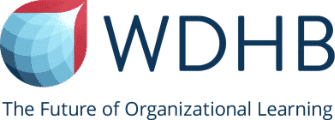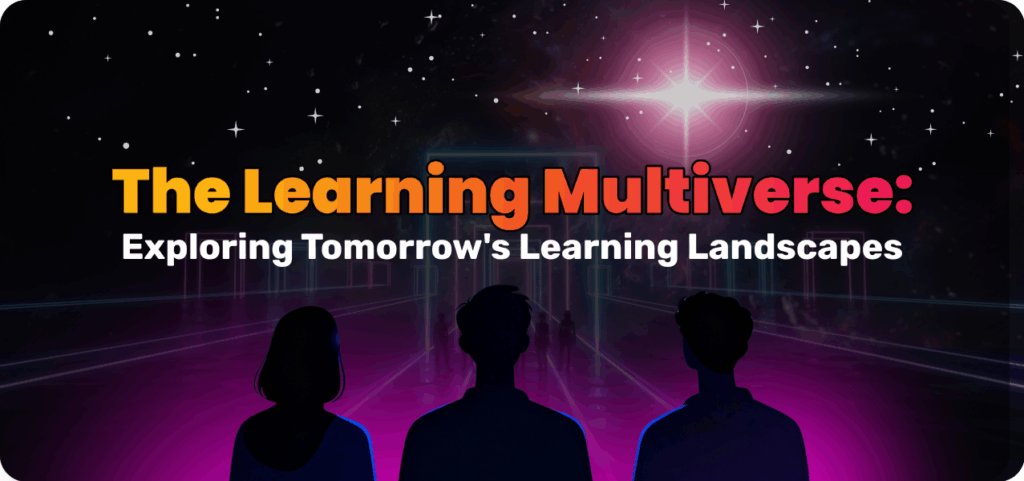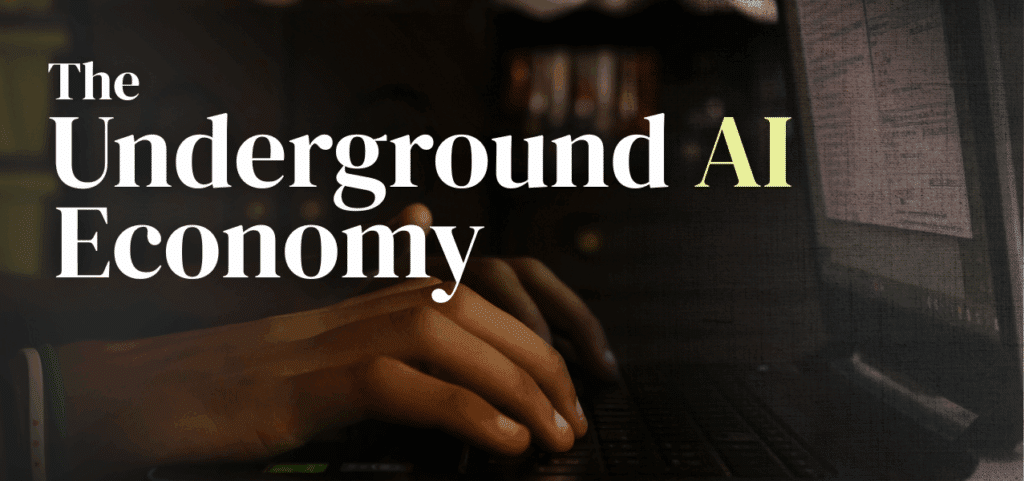A Conversation with Canada’s “D&I Dude”
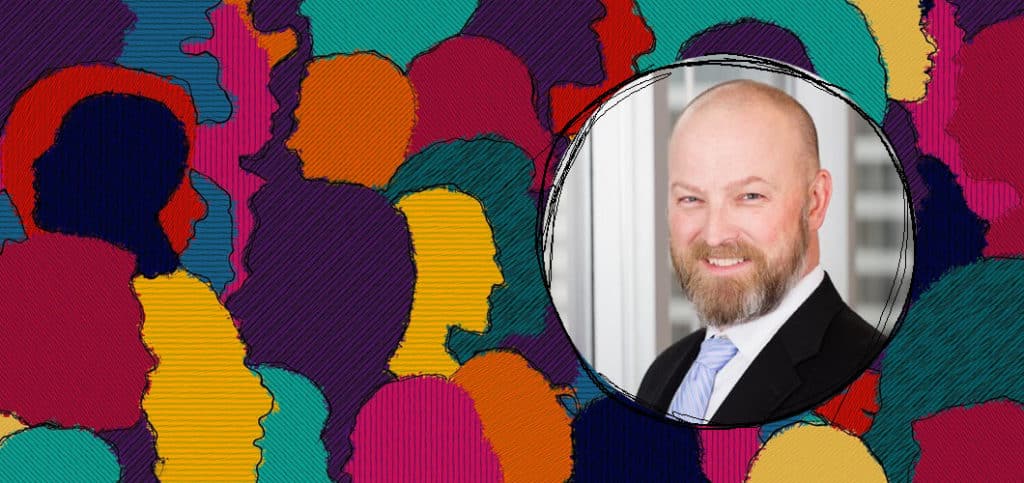
Michael Bach, an internationally recognized thought leader on diversity and inclusion, shares his thoughts on IDEA (inclusion, diversity, equity and accessibility) in today’s organizations.
It’s vital to the longevity of your organization to consider how you can combat systemic and overt oppression through your IDEA policy and advocacy.
Raised in a very socially-minded family, Michael’s parents instilled the values of fairness and equity in him from an early age. As a white male, his parents taught him that he had an important role to play in creating an equitable society.
Professionally, Michael began his career in IDEA with KPMG Canada as the National Director of Diversity, Equity and Inclusion – a role, he says, that he was fortunate to establish and hold for seven years. After that, he was appointed Deputy Chief Diversity Officer for KPMG International for over two years before he founded the Canadian Centre for Diversity and Inclusion (CCDI) in 2012. Michael is an author of two best-selling books, a keynote speaker and a thought leader and subject matter adviser.
At the core of CCDI’s approach is the point that IDEA is a business imperative to all business verticals, industries and sectors. Facilitating change management and collaborating with organizations to create ecosystems for strategic growth and measurable employee engagement is vital.
As we sat down with Michael, we learned just how important IDEA is for 21st century leaders, team and organization. As you read the interview, consider how our newest program, The Inclusive Leader could propel your people development strategy to the next level.
Why is diversity and inclusion vital for any organization’s strategic growth?
In today’s political, economic and global environments, it is critically important for the success of any organization. The numbers tell the story: the workforce of today is dramatically more diverse than it has been in the past. In order for organizations to remain relevant, let alone grow, they can’t be overlooking any potential pool of talent.
Further, research has shown that organizations that embrace diversity and inclusion (D&I) yield higher market share which can translate to higher financial performance. Organizations that embrace D&I tend to benefit from more engaged talent, improved decision making, creativity and innovation, all by leveraging diverse perspectives.
Why should leaders of 21st century organization dedicate time and resources for people development, specifically in the space of diversity and inclusion?
Investing in your people isn’t a nice to have; it’s a business imperative. Companies that invest in people development are able to facilitate the minimization of skills gaps and increased employee retention and engagement. This can reduce voluntary turnover and acquisition costs and ultimately increase productivity.
More specifically, development in the area of IDEA supports the creation of relationships between employees, promoting stronger associations which are conducive to optimal performance.
What are some real-world case studies of how diversity and inclusion have taken organizations to the next level?
At CCDI, we got to initiate and facilitate what we refer to as “Success Stories” to a host of organizations. I think of TD Bank’s “Leadership as a Champion of LGBTA Engagement” case amongst many others (LGBTA stands for Lesbian, Gay, Bisexual, Trans and Allies). TD Bank executed a strategy in which diversity and inclusion was led by senior executives who created the Diversity Leadership Council. An LGBTA Steering Committee was created to report to the leadership and the LGBTA Working Group executing on planning. Each plan had a three-pronged approach to reach customers, employees and community (organizations and events sponsored by TD), so that every initiative had direct relevance to each audience.
The key success indicators were that TD Bank customers identifying as LGBTA felt supported as they saw themselves reflected in the bank’s communications and in-person experiences. LGBTA employees felt accepted, supported and included. In terms of wider community engagement, more than 100 LGBTA organizations were sponsored due to the bank’s commitment. I would recommend readers go to Success Stories on our website to read more highly insightful case studies and see how inclusion, diversity, equity and accessibility can really impact the culture and efficacy of an organization.
Why do you think inclusivity is a vital trait for any 21st century leader
Simply put, diversity does not exist without inclusion. Inclusion is about creating space where all people can feel accepted and be successful, instilling a sense of belonging and psychological safety in an environment where every identity group feels seen and heard. Driving inclusion is critical to good leadership if they are to fully understand the needs of their employees and the importance of making them feel valued and respected. This has a significant and positive impact on talent retention.
When a workforce experiences high levels of inclusion, they express a deeper sense of belonging resulting in increased positive performance results. It stimulates a system of collaborative teams that are innovative and engaged. Perhaps most importantly, research suggests organizations led by inclusive leaders are better able to adapt and respond to the needs of a broader and more diverse customer and supplier base.
What advice would you give leaders today for ensuring diversity and inclusion are at the forefront of their people development strategy?
My advice to leaders would be to first learn and understand what IDEA means to you. Who are you as a leader? What does IDEA mean to your organization? It’s important to make sure you have a full grasp of the topic from the beginning.
My second piece of advise would be to get involved. It’s a misnomer that IDEA is the responsibility of one individual or the HR department. That’s wrong. It’s everyone’s responsibility. Creating an inclusive work environment requires everyone to play a role. Just as it’s possible for one person to negatively impact a workplace culture, it’s also just as possible for one person to positively impact it. Each of us has a role to play in ensuring that our workplaces are safe, open and places where diversity will not only survive, but will also thrive.
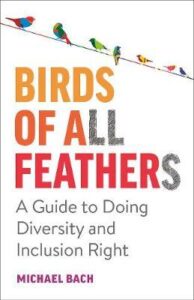
We would like to greatly thank Michael Bach and the Canadian Centre for Diversity and Inclusion for their dedication and commitment to the ongoing fight against racial injustice across the globe. A great resource for leaders interested in learning more is Michael’s best-selling book, Birds of All Feathers: Doing Diversity and Inclusion Right.
Author
Subscribe to get Access to Exclusive Content

